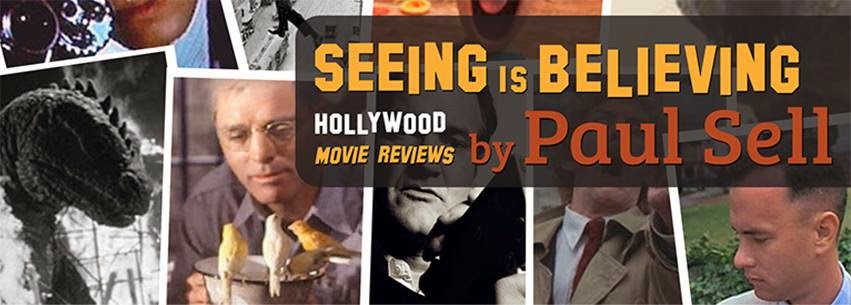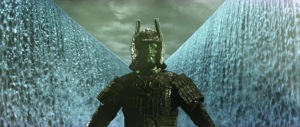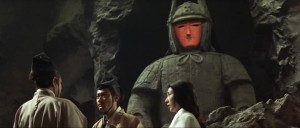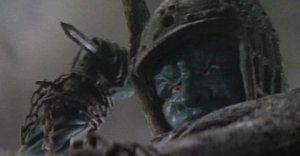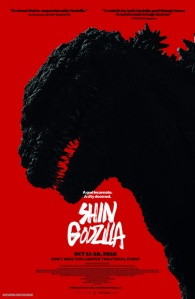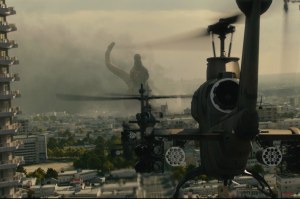
Clint Eastwood's "Sully" is exactly what the trailers made the film out to be - A portrayal of the heroic team that landed their jet airplane on the Hudson River, with agencies and pilot safety specialists pointing out how badly their landing could have gone, when they should have just been grateful that everyone on board lived.
The plot is about as predictable as you can get, after the investigation surrounding the crash and the piloting ability of Captain Sully (Tom Hanks). Sully has nightmares about if he had attempted to fly the plane into LaGuardia and crashing into the heart of New York City. Basically, if you saw Robert Zemeckis' "Flight" then you know exactly how "Sully"'s story will turn out.
But there are three elements that elevate "Sully" to make it more noticeable than "Flight." One is the performances of the two lead actors, Tom Hanks and Aaron Eckhart, who plays Sully's co-pilot Jeff Skiles. Hanks gives us his usual charm and kind demeanor, which works for a man who put his career on the line to save 155 people. Eckhart, who is best known for playing Harvey Dent in "The Dark Knight," plays his role as a man convinced they did nothing wrong and that everyone else is incorrect. Together Hank and Eckhart play heroes who did what they had to in that moment, and don't feel they need to justify that to anyone who doesn't understand.

Another portion that stands out is the framing device of the plane crash. Rather than opening the film with the birds hitting the turbine and the ensuing chaos, we get to see everything from three different perspectives. First, we watch the reactions of the crew and passengers. This is followed by the crash seen from the responding service men, the ferry boats that saw the plane go down and rushed to help, the airline safety controllers who tried to radio the plane in and the Red Cross who was immediately on the scene with medical equipment and blankets. Finally, near the end of the film, we see everything unfold through Sully and Skiles eyes.
I'm glad they saved that perspective for last, even though every point of view made Sully look like a quick-thinking and experienced pilot.
But the best scene has to be the second point of view, where we watch how selfless the first responders were. Without even thinking about the dangerous situation, ferry-boat operators, random citizens on nearby boats and people just doing their everyday job go out of their way to save those in need.

Honestly, it is always heart-warming to see so much compassion for our fellow-men, especially in a movie based on true events.
Outside of those elements though, "Sully" is standard and pretty forgettable. While it is a treat to see Tom Hanks play more of the roles we've become come to know and love him for, not much about "Sully" really stands out. It is nice to see so many perspectives on this miracle, even the negative ones from the National Traffic Safety Board, but we knew nothing bad was going to happen to Sully. 155 people walked onto that plane, 155 people walked away a little bruised and with one hell of a story to tell. You can't ask for better results.
Final Grade: C
